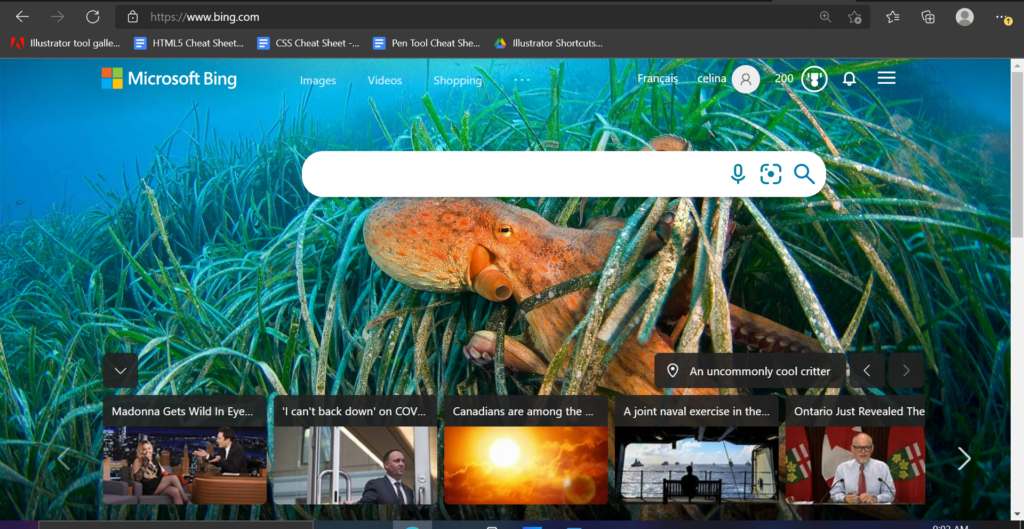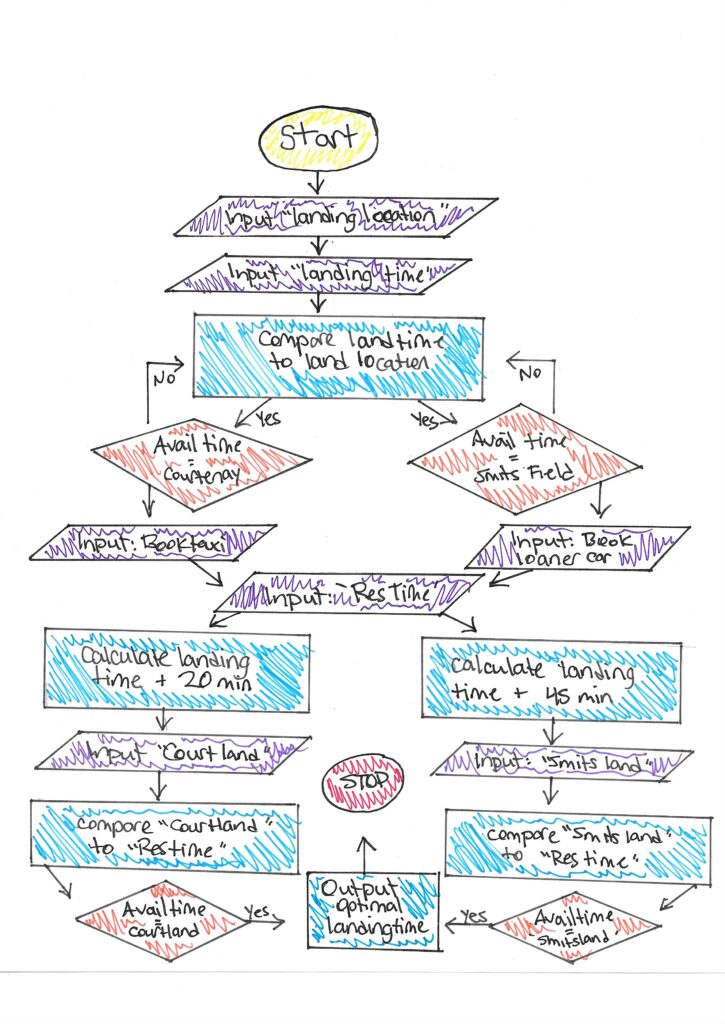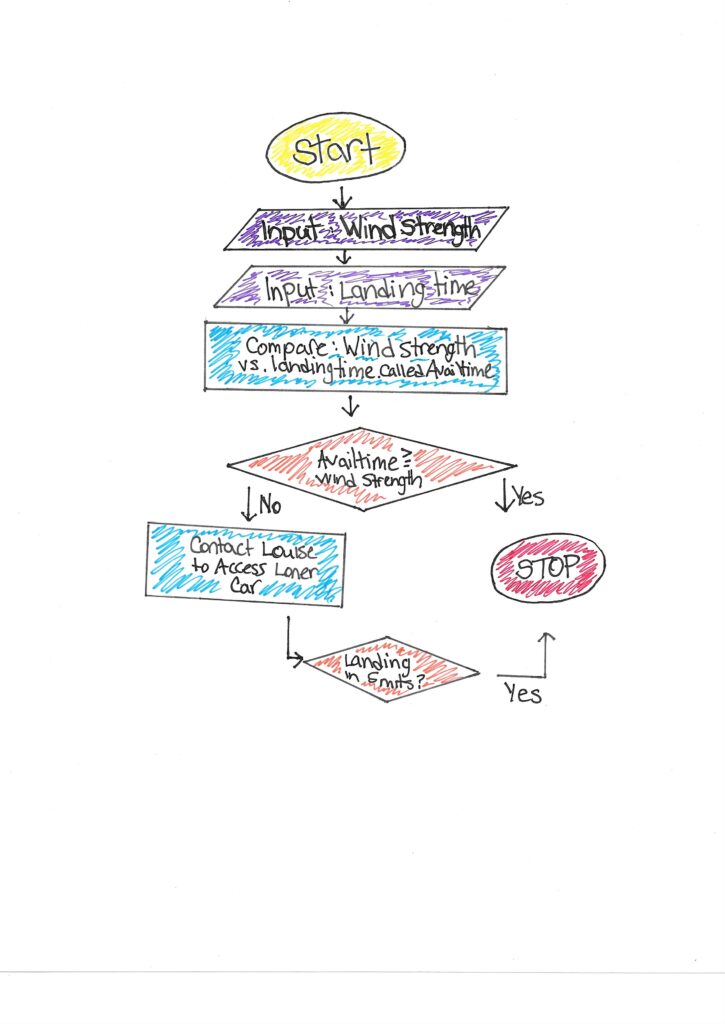C – Programming Language
Brief History:
The programming language C, was developed in 1972 at the Bell labs by Dennis Ritchie. It is a procedural program language that was developed to overcome problems in past languages and was derived from previous programs called B and BCPL. That is also how it received it’s name, as it was derived from the B program. Initially, C was designed to develop to the UNIX operating system and is still used to create operating systems today. The main features include simplicity, portability, powerful and structure oriented. It’s easy to read and is considered to be one of the most popular programming languages.
Compiled or Interpreted:
C is a compiling language.
Which Paradigm does C belong to?
C is an Imperative procedural language. C uses statements to generate actions from the computer. C programming is done by declaring simple and readable functions that changes a computer’s state.
Digital Product Created By C:
C is a very popular and widely used programming language. Many well knows programs were written using C and C++ programs. Some include, but not limited to Apple OS x, Microsoft Operating systems, Adobe systems and many more.
Perl – Programming Language
Brief History:
The programming language Perl was developed in 1987 by Larry Wall. Originally developed as a scripting language to make report processing easier. Perl is very similar to the program C. Today, Perl is used for a wide range of uses like web development, administrative organization and network programming to name a few. Perl, uses features from other programming languages and was once considered the most popular program because of its script language capabilities.
Compiled or Interpreted:
Perl is an Interpreted language. Meaning, the code can be run as is, without having to compile it into another program.
Which Paradigm Does Perl Belong to?
Perl is an Imperative program. Perl uses statements that instruct the computer on how to achieve a goal.
Digital Product Developed by Perl:
Perl was once very popular but over time, other programs have taken over the market. However Pearl is still used today by some companies that include Verizon, Oracle and Wells Fargo.
Ruby – Programming Language
Brief History:
Ruby is a high-level, general purpose script program. Ruby was designed and developed by Yukihiro Matsumoto in Japan in 1995. Matsumoto developed Ruby by combining parts of his other favorite programs including Perl, Smalltalk, Eiffel, and Lisp. Matsumoto designed Ruby with a natural user interface in mind and is most commonly used in web development.
Compiled or Interpreted:
Ruby is an Interpreted language. Ruby could also be considered a compiled language because the first steps of writing Ruby requires a compiler. There are multiple Ruby interpreters options for developers.
Which Paradigm Does Ruby Belong to?
Ruby is an Imperative program as Ruby uses lists of steps for the computer to follow.
Digital Product Developed by Ruby:
Many popular products that use Ruby programming include Air BnB, Hulu, Github, Kickstarter, My Fitness Pal and many more.
JavaScript – Programming Language
Brief Description
JavaScript programming is often referred to as JS. JS is a programming language developed in 1995 by Brendan Eich in just 10 days. Originally, the program was called mocha and the name was eventually changed to what it’s now known as JavaScript. Today, JS is one of the core technologies of the world wide web. It is a scripting language that 97% of websites use today.
Compiled or Interpreted:
JavaScript is an interpreted language. JS is written and can immediately be interpreted by the computer without having to be compiled first and has object oriented capabilities.
Which Paradigm does JavaScript Belong to?
JavaScript is considered to be multi paradigm program that includes functional, object oriented, procedural and prototypal programming.
Digital Products Developed by JavaScript:
Most websites are powered by JavaScript. They maintain 97% of the www market. Companies such as Wikipedia, Yahoo and Amazon are just a few that use JS.
Swift – Programming Language
Brief Description
Swift was developed in 2014 and has quickly become the fastest growing languages to date. First developed by Chris Lattner and eventually many other collaborations at Apple Inc. Swift was designed to replace all other programs by creating a very easy to read and write program. On June 2nd 2014 the Apple World Wide Developers Conference was when the first released in Swift for the first time ever.
Compiled or Interpreted:
Swift is a compiled program. Meaning it will translate the code to low-level object code.
What Paradigm Does Swift Belong to?
Swift is a multi paradigm programming language. This means that Swift is able to easily able to work with Declarative and Imperative paradigms.
Digital Products Developed by Swift:
Swift is very popular in today’s market and many companies use Swift today. Some included but not limited to, Facebook, Uber, Instagram, LinkedIn, Whatsapp and more.





